‘SharkFest’: Join the Jaw-Dropping Frenzy of Nat Geo & Nat Geo WILD’s 3-Week Event
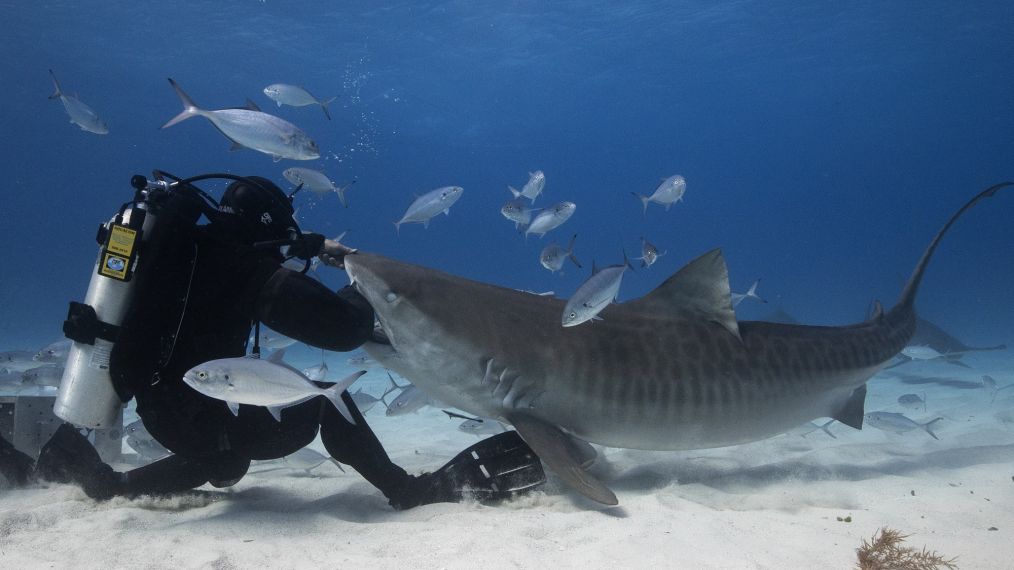
The seventh annual SharkFest launches its first week on Nat Geo beginning Sunday, July 14, while Nat Geo WILD takes the tail end two weeks from July 21 to August 2.
The frenzy of SharkFest programming is sure to captivate viewers with truth that is stranger than fiction, from the latest developments in shark research and preservation to new ways to predict shark attacks.
The 7th Annual SharkFest premieres include:
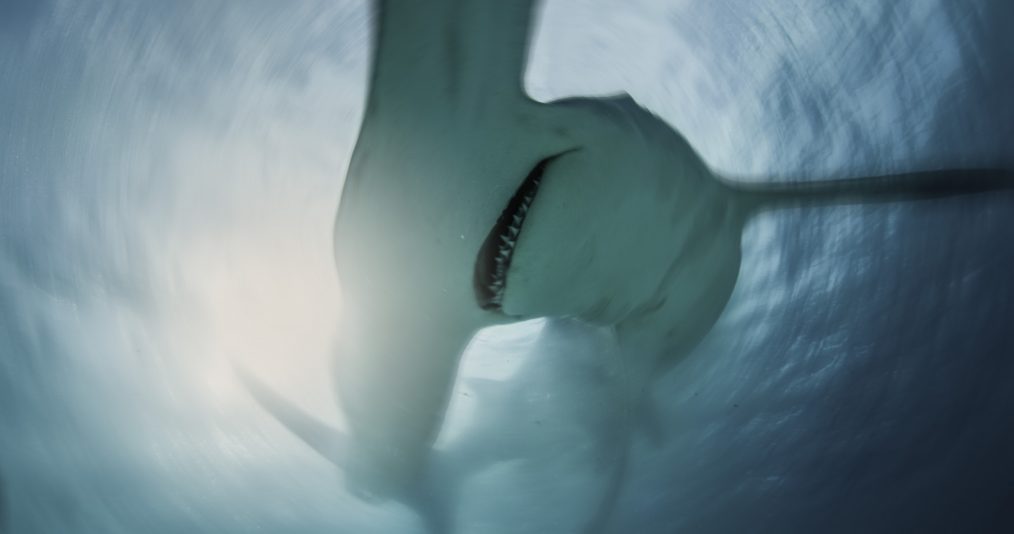
National Geographic/Devon Massyn
When Sharks Attack
Sunday, July 14 at 9/8c (plus additional episodes July 15 – July 19 in two hour premiere blocks beginning at 8/7c)
From America’s coastline to exotic beaches around the world, shark attacks turn dream vacations into nightmares. Many of these attacks occur suddenly, affect more than one person, and they can happen in unexpected locations – puzzling locals and scientists alike. When Sharks Attack investigates each incident to shed light on why and where shark encounters occur.
Cannibal Sharks
Sunday, July 14 at 10/9c
The world’s leading shark scientists lead an investigation in to the fascinating world of Cannibal Sharks. From the two-foot Cookie Cutter that rips chunks out of White Sharks ten times their size, to the Sand Tiger pups that attack and eat each other in the womb, prepare to see sharks as you’ve never seen them before.
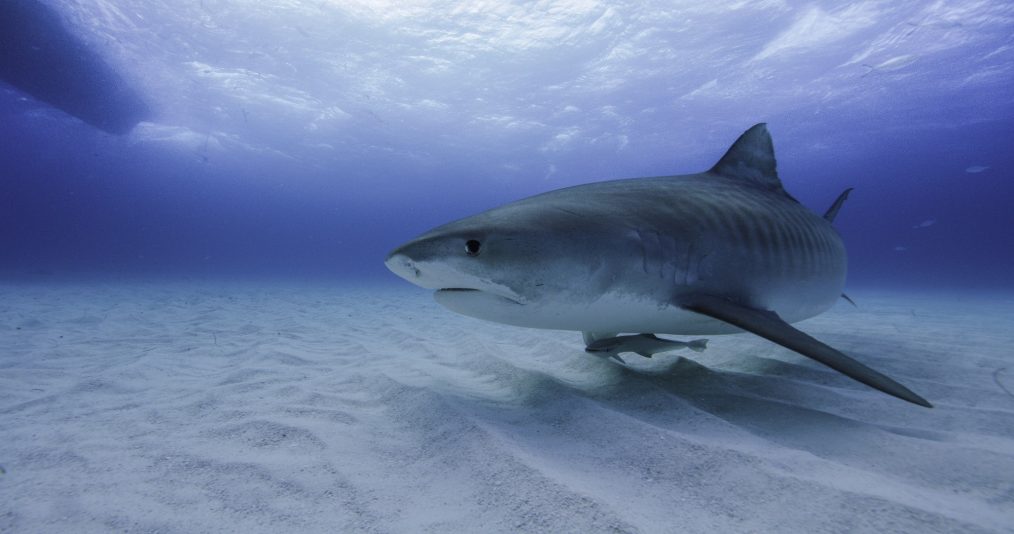
National Geographic/Devon Massyn
Great Shark Chow Down
Monday, July 15 at 10/9c
The world’s leading scientists and cinematographers relive 5 extraordinary shark feeding events. From being surrounded at night by 700 grey reef sharks, a 300-strong gathering of blacktip, dusky and bronze sharks feeding on thousands of bait fish, to the spectacular sight of more than 200 blue sharks feeding on the carcass of a seven ton whale; the Great Shark Chow Down is an epic celebration of sharks from around the world. It ends with a cautionary reminder that these spectacular feasts may soon be a thing of the past as shark numbers crash worldwide.
Whale that Ate Jaws: Eye Witness Report
Tuesday, July 16 at 10/9c
In October 1997, tourists in San Francisco caught a killer whale attack on a great white shark on tape. Twenty years later, they strike again in South Africa, but this time scientists have bodies to dissect as experts weigh-in to reveal astounding new discoveries behind the killer whale’s taste for shark meat. Shark biologist and scientist Scot Anderson, who was present at the event in 1997, is among the leading authorities interviewed about this extraordinary behavior.
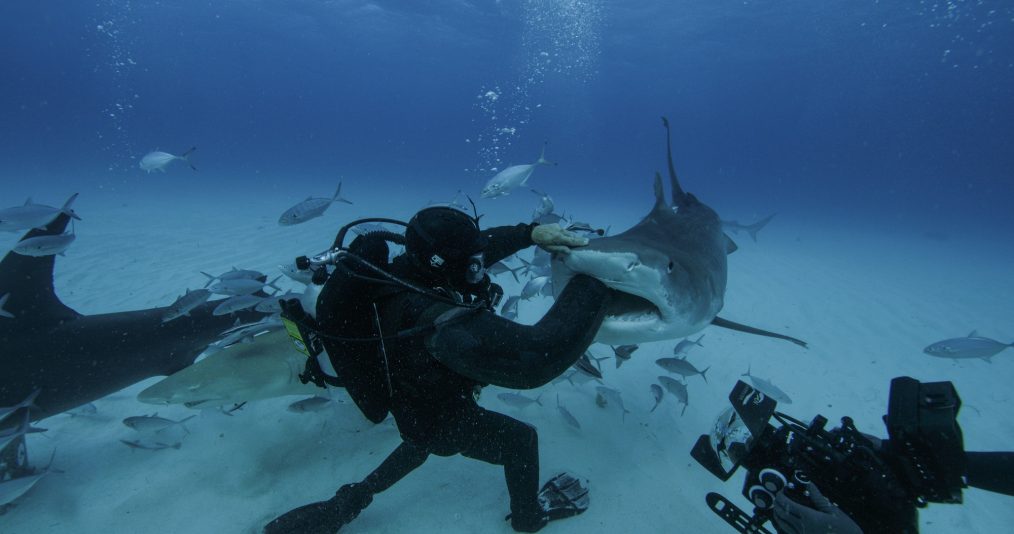
National Geographic/Devon Massyn
Man vs. Shark
Wednesday, July 17 at 10/9c
40 years after inventing armored suits that protect divers from attacks by smaller shark species of sharks, marine biologist, Jeremiah Sullivan, faces off against hungry hammerheads and deadly tiger sharks to measure their bite force, body strength and ability to chew through his advanced materials before creating new armor he’ll test by putting himself inside the devastating jaws of a 14-foot tiger shark.
Forecast: Shark Attack
Thursday, July 18 at 10/9c
Dr. Greg Skomal and meteorologist Joe Merchant have travelled to the Bahamas to test a theory: that shark attacks can be as predictable as the weather. They believe that wind may drive sharks closer to the shore to hunt, which brings the sharks closer to the swimmers.
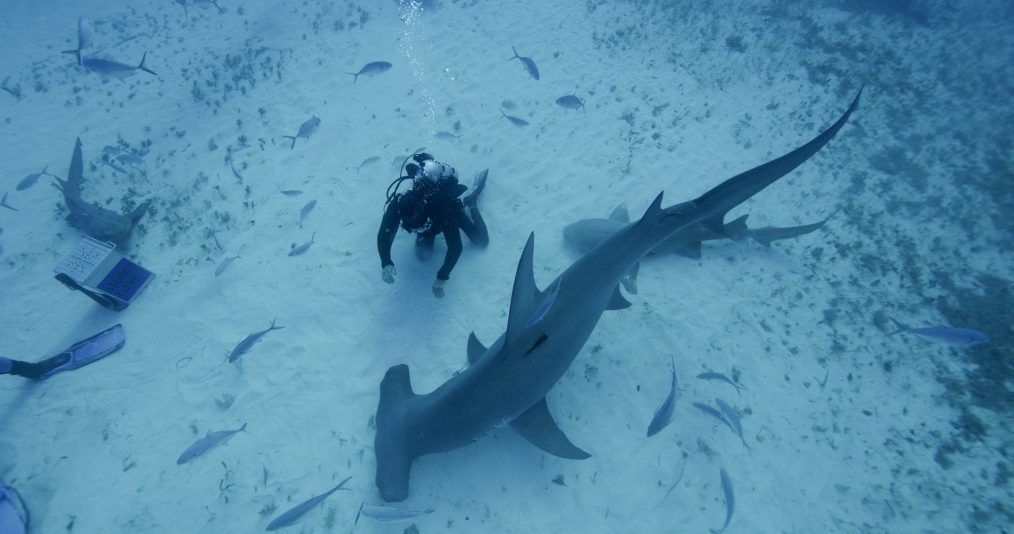
National Geographic/Devon Massyn
Shark Movers: Deadly Cargo
Friday, July 19 at 10/9c
In the busy harbor of Noumea, a tropical paradise is under threat from an influx of huge, hand-fed Bull Sharks. New Caledonian scientist, Dr. Laurent Vigliola, recruits Australian shark scientist, Dr Will Robbins, to test a world-first plan. Together they catch, crane-lift, and relocate several Bull Sharks to a pristine coral reef in hopes they will adapt to their new home away from people, and learn to feed in the wild.
World’s Biggest Great White? simulcast on Nat Geo and Nat Geo WILD
Sunday, July 21 at 8/7c
In January of 2019, three experienced divers and photographers set out on a small boat to try to record any marine life around the carcass of a sperm whale floating off the coast of Oahu. What they experienced is one of the most incredible great white shark encounters ever caught on camera, featuring the two largest great whites ever filmed in Hawaii, including the most famous living shark in the world, the giant great white known as Deep Blue. In this special, viewers will experience this trio’s incredible connection with the great whites first hand, as it happened, and learn the history and science behind the rare sightings of great white sharks in the waters surrounding our 50th state.
From TV Guide Magazine
Behind the Scenes With Gordon Ramsay: 20 Years of Cooking Up TV Hits
The celebrity chef reflects on redefining culinary television and his fiery journey Hell’s Kitchen to Secret Service. Read the story now on TV Insider.








